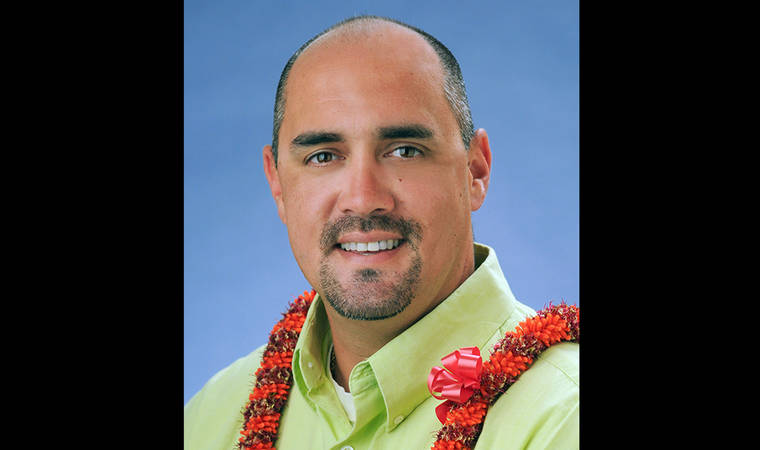Geographical distance and internet connectivity are two barriers educators in some Hawaii Island schools are facing as teaching moves out of the classroom amid the ongoing COVID-19 pandemic, school administrators say.
“Different schools are doing different things” to address those hurdles, said Ka‘u-Keaau-Pahoa Complex Area Superintendent Chad Keone Farias. “They’re being very creative.”
At some schools, Farias said educators are meeting parents along bus routes, where they hand out education packets and Chromebooks with lessons and worksheets preloaded on the devices so work can be done without an internet connection.
In some cases, school social workers, counselors and administrators are driving to the homes of students most in need, he said.
According to the state Department of Education, students are receiving “enrichment” during the closure, and no grades will be entered for the fourth quarter.
The enrichment will involve a variety of learning tools and activities, such as independent projects, study packets, distance-learning and e-conferencing, with an increased use of technology as much as possible, DOE spokeswoman Lindsay Chambers said.
Chambers said school administrators and teachers have been working to get devices such as laptops to students, but the need is determined on a school-by-school basis.
Complex and state offices support that effort, she said, whether it’s moving extra devices from one office to another or offering technical support.
“The department has been working with various internet service providers who have reached out to offer free or reduced-cost internet service options to students and educators during the COVID pandemic period,” Chambers said.
Those offers are available on the internet providers’ websites or by calling a provider’s support office.
Schools also are providing educational packets to students who don’t have the necessary technology at home. That way, they are able to participate and engage in remote learning, Chambers said.
Farias said teachers are not teaching new concepts or curriculum. Rather, they are having students build upon skills they’ve already learned.
Hilo-Waiakea Complex Area Superintendent Esther Kanehailua said distance-learning also serves another purpose during the school closures.
“Care is what we’ve got to provide first” so students “know we’re thinking about them,” she said. “It doesn’t matter how old, how young, our kids struggle with what’s happening with this pandemic.”
With a lot of stress on families during this time of social and physical isolation, Kanehailua said daily routines provided by the school work and connecting with teachers can provide stability.
“In an unpredictable circumstance, we can provide that predictability (for students), knowing that people care about me, my teacher checks in with me … .”
The number of students actively engaging in online and distance-learning was not immediately known, according to the DOE.
“While exact numbers of students participating in enrichment activities are not currently available, the department expects all students to engage in continuity of learning plans whether online, via printed materials, or some combination of both,” Chambers said.
“I think it’s too early to tell (how many students are participating online), because it’s so new … ,” Kanehailua said, adding that principals are still sending the message “we’re here to support families, continuing to provide supports for them.”
While “nothing about this situation is fortunate,” Farias said the discontinuation of in-class instruction came at a better time for Hawaii students heading into spring break because many teachers wrap up lessons before the pause in instruction.
Although 10 weeks of lost learning will have some impact on students, Farias said schools should be able to catch the students up when classes resume.
“For seniors that don’t return, if we don’t get them the skills they need in the first 12 and 3/4 years, I don’t think that one quarter is going to put them at a disadvantage when they enter their career, when they enter the military, or when they enter college,” he said.
Schools are closed until at least April 30 because of the outbreak and are unlikely to reopen this academic year.
The DOE said last week schools will remain closed until there are no new cases of the disease reported for four weeks.
Parents and students can find more information and resources online at bit.ly/educontinuity.
Email Stephanie Salmons at ssalmons@hawaiitribune-herald.com.






